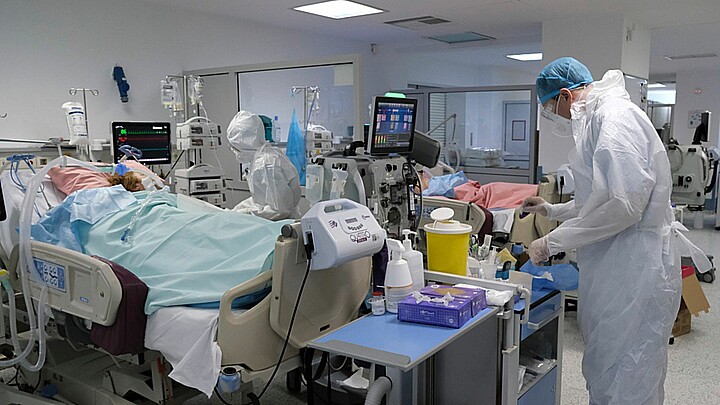Health
Pandemic precautions created 'immunity debt' behind fall surge in respiratory illness
Measures like lockdowns, social distancing and masks weakened immune systems.
October 28, 2022 2:52pm
Updated: October 28, 2022 5:42pm
The safety precautions implemented during the COVID-19 pandemic – lockdowns, physical distancing, wearing masks, washing hands – may have made our immune systems less prepared for reopening, according to scientists.
This “immunity gap” may be behind the usually early surge in respiratory syncytial virus (RSV) among students and returning workers, reports CNN.
Rachel Baker, an epidemiologist and assistant professor at Brown University, said that COVID safety measures stopped the spread of more than coronavirus.
“Those interventions, while they were great at limiting the spread of Covid-19, they also did a really good job of limiting the spread of other respiratory diseases such as RSV and influenza,” she told CNN, pointing to how RSV and flu cases also fell during pandemic lockdowns.
But not catching these diseases left people with an “immunity gap,” or “immunity debt,” that left them more susceptible to getting sick.
Baker said RSV and other seasonal illnesses are usually “regular and very predictable.”
“RSV pops up every year in the late autumn/wintertime and has these outbreaks mostly in young kids. Then it disappears again for the spring/summer months and pops up again the following winter,” said Baker.
But this year, cases of RSV began showing up in the spring and are now 60% higher than 2021’s peak week, according to an analysis by CNN.
One Virginia high school had almost half of its 2,100-student body call out sick last Friday, forcing it to shut down all activities and athletics through the weekend. The number of absent students numbered 670 on Monday and 526 on Tuesday – down to about a quarter of the student population.
The flu season also began about one month earlier than expected and is more severe than it has been in 13 years, according to CDC data released Friday.









